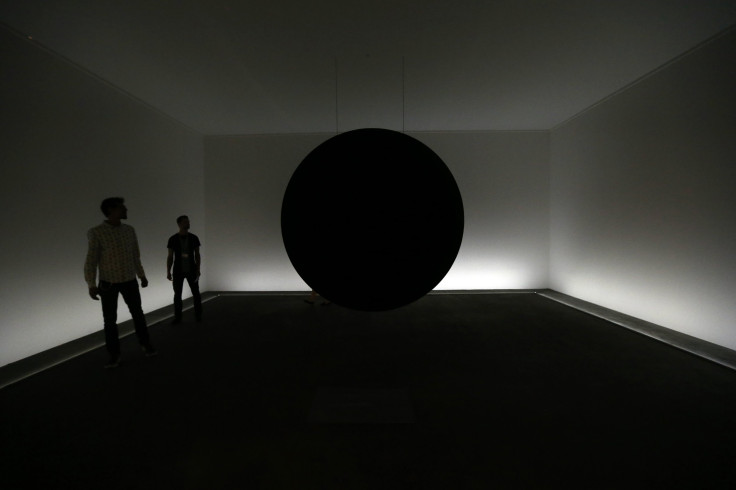Largest dark matter map set to be built in Australia

Astronomers are about to begin to measure the movement of more than one million galaxies in the Milky Way neighbourhood, on a project to build the largest map of dark matter ever attempted. The new instrument, Taipan galaxy survey, will be working at an unprecedented speed of 15 minutes per 150 galaxies, to provide the most accurate measurement of the rate of expansion of the universe.
The instrument was developed at the Australian Astronomical Observatory, or AAO, for the UK Schmidt Telescope, which will be used to conduct the survey programme starting in mid-2016. The Taipan Galaxy Survey will be used in a five-year programme, targeting to measure more than one million galaxies and two million stars.
The survey programme will be “ten times larger” than the previous dark matter surveys, according to Andrew Hopkins, leader of the team at the AAO. Through measuring the movement of individual galaxies, the scientists will be allowed to analyse its gravitational influences.
The data will be then used to measure the distribution of dark matter in the universe. The experts from the AAO said that the Taipan instrument can measure the light coming from 150 individual galaxies simultaneously through tiny robots, called “starbugs,” attached to the focal plane of the telescope. Taipan gathers data within just 15 minutes and could move on to the next 150 galaxies, depending on the galaxy being measured.
The instrument is expected to speed-up the process of mapping galaxies, as "earlier generations of surveys used a pick and place robot which took one fibre at a time and positioned it in turn, taking several hours for each measurement," the researchers said.
It will also aid to develop the most precise measurement of the expansion of the universe to date, known as the Hubble constant, according to the AAO. Taipan’s advanced functions will allow the survey team to measure more galaxies faster to get a more precise figure for the Hubble constant.
The Hubble constant is the speed at which galaxies appear to be moving back or further away from Earth. With the instrument, Hopkins said, the team could get "accuracy down to an error rate of just one percent."
To date, all of the measurements of the most distant parts of the universe depends on the assumed value for its present-day expansion. "So this is a very important measurement because it helps to tie all the other cosmological parameters very precisely," Hopkins stated, though scientists still haven’t proven what exactly dark matter is. Scientists are exploring the presence of dark matter through its gravitational influence.
Contact the writer at feedback@ibtimes.com.au or tell us what you think below






